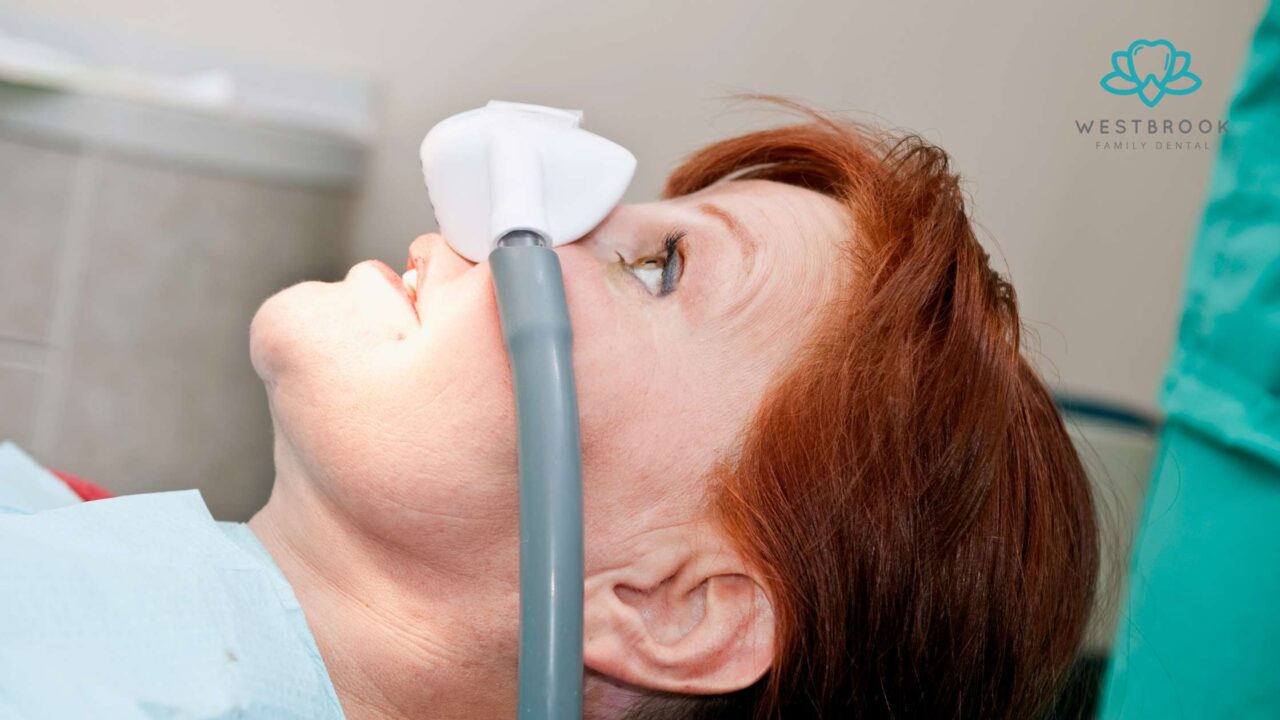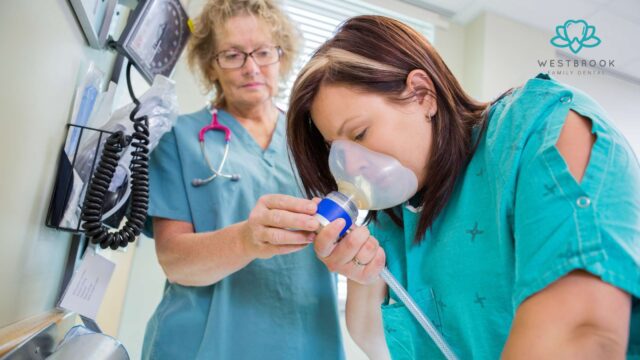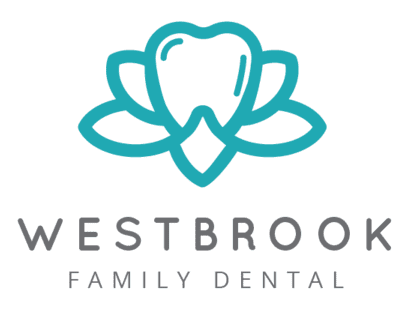Dental anxiety is a common challenge for many patients, often preventing them from seeking necessary care. Fortunately, modern dentistry offers effective solutions to help ease these fears. One such option is happy gas, also known as nitrous oxide. But how safe and effective is happy gas for managing dental anxiety? Let’s explore its benefits and how it’s transforming dental care for patients in Westbrook and Toowoomba.
Understanding Dental Anxiety

Dental anxiety is an intense fear or stress associated with dental visits. This condition affects both children and adults, leading to:
- Avoidance of necessary dental treatments
- Increased oral health problems due to neglected care
- Stress and discomfort during appointments
For residents seeking a dentist in Westbrook or a dentist in Toowoomba, it’s essential to find a dental practice that understands these challenges and offers solutions like happy gas to make every visit comfortable.
Causes of Dental Anxiety
Dental anxiety can stem from various factors, including:
- Fear of Pain: A common concern, especially if a patient has had a painful dental experience in the past.
- Loss of Control: Lying back in the dental chair can make some people feel vulnerable.
- Embarrassment: Patients might feel self-conscious about the condition of their teeth or oral hygiene.
- Negative Past Experiences: A previous bad experience with a dentist can create long-lasting fear.
Understanding these causes helps dentists tailor their approach to each patient, ensuring a positive experience.
What Is Happy Gas?

Happy gas, or nitrous oxide, is a safe and mild sedative that helps patients relax during dental procedures. Delivered through a small mask placed over the nose, happy gas works quickly, providing a sense of calm without putting patients to sleep. It’s a trusted method used by many dental professionals to manage anxiety and discomfort.
Key Benefits of Happy Gas:
- Quick Onset: Effects are felt within minutes.
- Adjustable Dosage: Levels can be adjusted to suit the patient’s needs.
- Safe for All Ages: Suitable for both children and adults.
- No Lingering Effects: Patients recover quickly and can resume normal activities shortly after.
- Pain Management: Helps reduce sensitivity and discomfort during procedures.
How Happy Gas Helps with Dental Anxiety
For those with dental anxiety, happy gas creates a calm and pleasant experience. It works by:
- Reducing stress and fear associated with dental tools and procedures
- Providing a distraction from sounds or sensations
- Enhancing overall comfort, allowing the dentist to focus on delivering quality care
Patients looking for a compassionate dentist in Toowoomba or Westbrook will find happy gas an excellent option to ensure a relaxed and stress-free visit.
Real-Life Impact: Patient Stories
Many patients who have tried happy gas report significant improvements in their dental experiences. Here are a few examples:
- Case Study 1: A young child with severe dental anxiety was able to sit through a cavity filling without tears or stress.
- Case Study 2: An adult patient who had avoided the dentist for years due to fear finally completed a full dental cleaning and restoration plan.
These success stories highlight the transformative power of happy gas in modern dentistry.
Is Happy Gas Safe?

The safety of happy gas is well-documented, making it one of the most reliable sedation methods in modern dentistry. Here’s why it’s safe:
- Administered by Professionals: Only trained dental practitioners manage its use.
- Controlled Dosage: The flow of nitrous oxide is carefully monitored.
- Minimal Side Effects: Most patients experience no adverse reactions.
- Rapid Recovery: Effects wear off quickly, with no need for an escort or downtime.
Addressing Common Concerns
Some patients may have concerns about using happy gas. Here are answers to common questions:
- Will I lose consciousness? No, happy gas induces relaxation, not unconsciousness.
- Is it addictive? Nitrous oxide is not addictive when used responsibly by trained professionals.
- Can I drive afterward? Yes, recovery is quick, allowing most patients to resume normal activities soon after their appointment.
Who Can Benefit from Happy Gas?
Happy gas is ideal for:
- Patients with mild to moderate dental anxiety
- Children who are nervous about dental visits
- Individuals undergoing longer or more complex procedures
- Patients with a low pain threshold or strong gag reflex
- Those who haven’t visited the dentist in years due to fear
The Role of Dentists in Westbrook and Toowoomba
If you’re searching for a dentist in Westbrook or dentist in Toowoomba who prioritizes patient comfort, happy gas could be the solution you need. Look for a dental practice with:
- Experienced and caring professionals
- Modern facilities offering sedation options
- A focus on personalized care to address individual fears and concerns
Choosing the Right Dentist
When selecting a dentist, consider the following:
- Reputation: Look for positive reviews and testimonials.
- Experience: Ensure the dentist has experience with sedation dentistry.
- Communication: A good dentist will explain the procedure and answer your questions.
Take the First Step Toward Stress-Free Dental Care
Don’t let dental anxiety stop you from achieving a healthy, confident smile. With the help of happy gas, dental visits can be comfortable and worry-free. Whether you’re in Westbrook or Toowoomba, find a dentist who understands your needs and offers solutions tailored to your comfort.
Ready to Experience Anxiety-Free Dentistry?
Contact your local dentist today to learn more about how happy gas can transform your dental experience. Let dental anxiety become a thing of the past as you embrace a future of stress-free and healthy smiles!
FAQs About Happy Gas and Dental Anxiety
1. What is nitrous oxide and how is it used in dentistry?
Nitrous oxide, commonly known as laughing gas, is a colourless gas used as an anaesthetic in dental procedures. It helps patients relax during dental treatment by providing a level of sedation and reducing anxiety.
2. How does the use of nitrous oxide affect dental anxiety?
The effects of nitrous oxide include euphoria and a calming sensation, which can significantly ease dental anxiety. Patients often report feeling more relaxed and at ease during their dental visits when they receive nitrous oxide.
3. Are there any side effects associated with nitrous oxide?
While nitrous oxide is generally safe, there can be nitrous oxide side effects, such as dizziness, nausea, or headaches. These effects are usually temporary and subside shortly after the gas flow is stopped.
4. Can anyone receive nitrous oxide during dental procedures?
Most patients can receive nitrous oxide; however, providers may assess individual health conditions before use. Certain respiratory issues or allergies may affect the ability to use nitrous oxide safely.
5. Is the recreational use of nitrous oxide dangerous?
Yes, the recreational use of nitrous oxide can be dangerous. Inhaling nitrous oxide without medical supervision can lead to serious health risks, including oxygen deprivation and potential long-term neurological effects.
6. How does nitrous oxide sedation compare to other forms of sedation?
Nitrous oxide sedation is often preferred for its rapid onset and recovery. Unlike other sedatives, the effects of nitrous oxide wear off quickly, allowing patients to resume normal activities shortly after the procedure.
7. Can children safely use laughing gas during dental treatments?
Yes, children can safely use laughing gas under the supervision of a qualified dental provider. It is effective for managing anxiety and is often used to help children feel more comfortable during dental visits.
8. How do dental providers administer nitrous oxide?
Dental providers use a mask to deliver nitrous oxide gas to the patient. The gas is mixed with oxygen, and the flow is adjusted to achieve the desired level of sedation and comfort during the procedure.
9. What should patients expect after receiving nitrous oxide?
After receiving nitrous oxide, patients may feel lightheaded or euphoric during the procedure. Once the gas flow stops, they typically recover quickly and can leave the office shortly after, feeling normal again.



